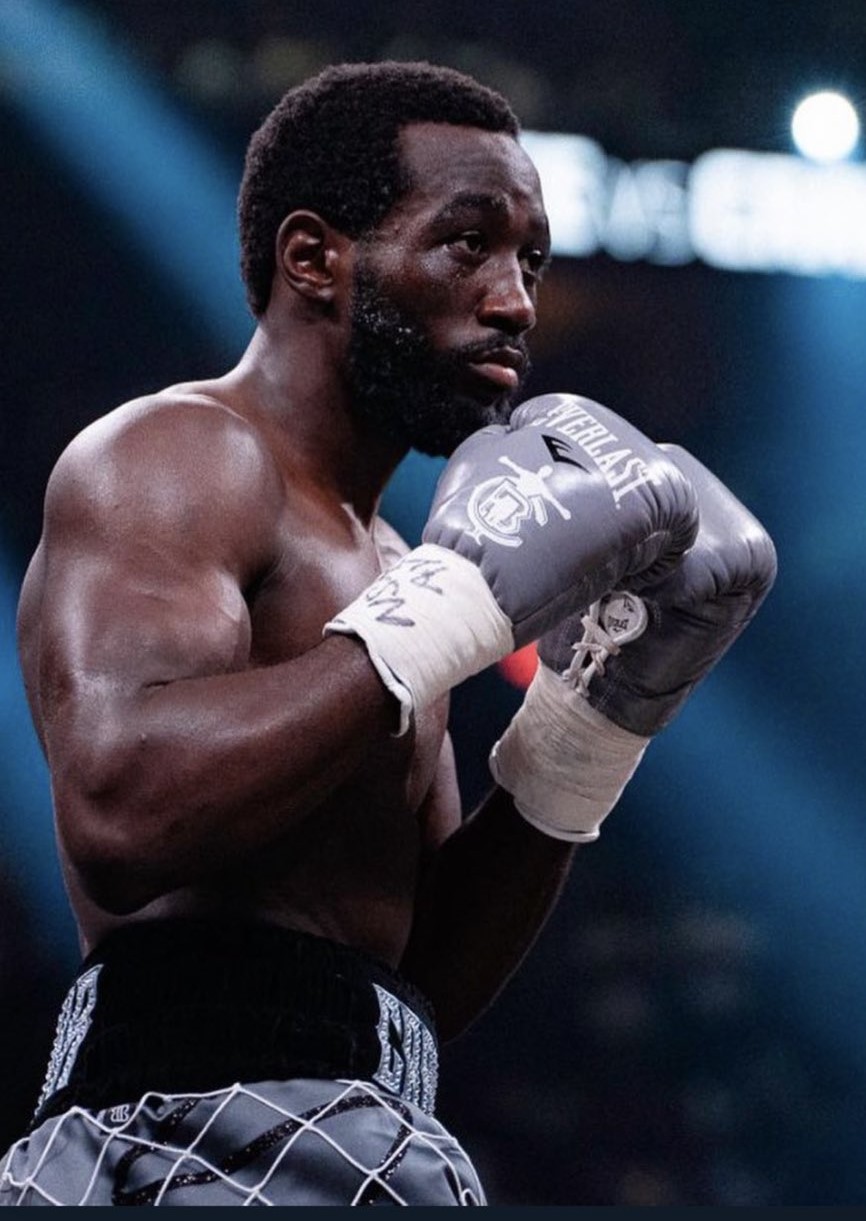By Ivan G. Goldman
Bob Arum, who’s fallen in love with the dollars he brings back from China, has scheduled his mauled cash cow, Manny Pacquiao, to fight Brandon Rios, another fighter in his stable who lost in his previous outing. At least that’s the word from ESPN and Yahoo, which has a pipeline to Pacquiao advisor Michael Koncz.

Photo: Chris Farina/Top Rank
At first glance this fight, scheduled for Nov. 23 in the U.S., looks like a match fans will go for. But it’s got two things wrong with it. One, it’s on pay-per-view. Two, it’s coming at us from China.
It’s not clear Pacquiao, who is, let’s face it, damaged goods after being knocked cold in his last fight, is worth pay-per-view money against anyone right now. Shouldn’t he fight a tune-up on HBO first? And Rios’s last two contests came free to HBO subscribers. After losing his last one to Mike Alvarado, has he really earned the right to graduate into pay-per-view ranks?
Pay-per-view is tough for fans to swallow in the first place. But an HBO pay-per-view card from a casino in Macau is an even tougher sell in this country. Historically, U.S. fans are much more reluctant to fork over extra bucks to view a fight on TV that’s taking place on a foreign shore. And though Arum will assuredly drag his two fighters from coast to coast in American media conferences, I guarantee that he will end up with poor media attendance from the U.S. Why? Because their own audiences won’t be sufficiently interested and because not many media outlets will shoulder the financial burden of sending correspondents all the way to Macau. Especially for a match between two guys who chalked up losses in their last appearances.
Economists can tell us all they like that the recession is over, but who believes it? Certainly not the general populace. And media industries are in something worse than a 1930s-style Depression. Newspapers and magazines are shrinking and dying, broadcast TV networks are getting beaten up by cable, Internet, and new players like Netflix, Hulu, and YouTube, and Internet sites are still having a rough time generating income.
Arum knows all this. He figures he’ll take whatever he can get on pay-per-view because apparently the Macau casino industry is willing to make up for all the lost business. And that may, as they say in the financial world, pencil out okay for the fight teams and Top Rank. But that’s in the short run.
There are practically no Chinese fight fans. They watched the pro debut of Olympian Zou Shiming, but they’re basically infants at this. Zou, at age 32, is not a flyweight you can build an empire on. Chinese boxing, or what there is of it, is so cut off from the boxing universe that Zou never saw a speed bag until he got to the U.S. to publicize his four-rounder against Mexico’s Eleazar Valenzuela last month.
In the long run we don’t know how boxing and China will mix. Arum is hoping to attract new fans from places like Dubai and Singapore to help him stir up excitement. He may be right. He knows way more about business than I do.
But beware of futurists making predictions. When I was a kid they told us we’d all be piloting helicopters to work. And 25 years ago we were supposed to be buried by Japan.
As for this Rios-Pacquiao match itself, it definitely promises excitement. Rios coming straight at Pac-man so he can land his own big shots sounds like a train wreck. But is it a train wreck fans will pay to see? And it’s unlikely a solid undercard, should it be assembled, can make much of a difference.
According to Pacquiao’s Koncz, Tim Bradley, 30-0 (12 KOs), and Juan Manuel Marquez, 55-6-1 (40 KOs), both turned down a match against Pacquiao, 54-5-2 (38 KOs) in China, opting instead to fight each other in Las Vegas in September. Rios, 31-1-1 (23 KOs), is like someone who gets a prom date only after no one else would accept the call.

Ivan G. Goldman’s boxing novel The Barfighter was nominated as a 2009 Notable Book by the American Library Association. Information HERE






